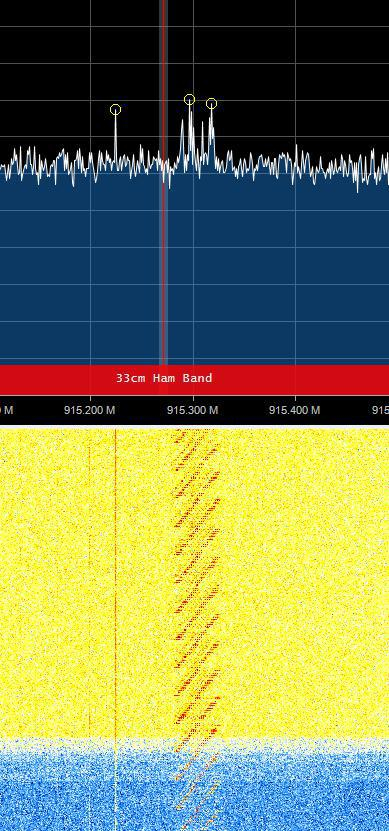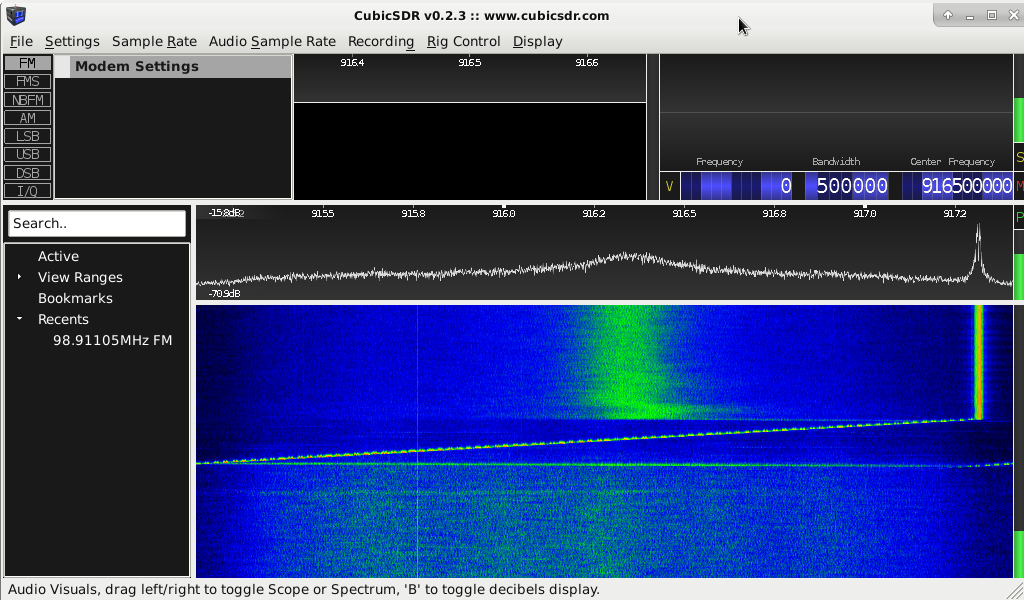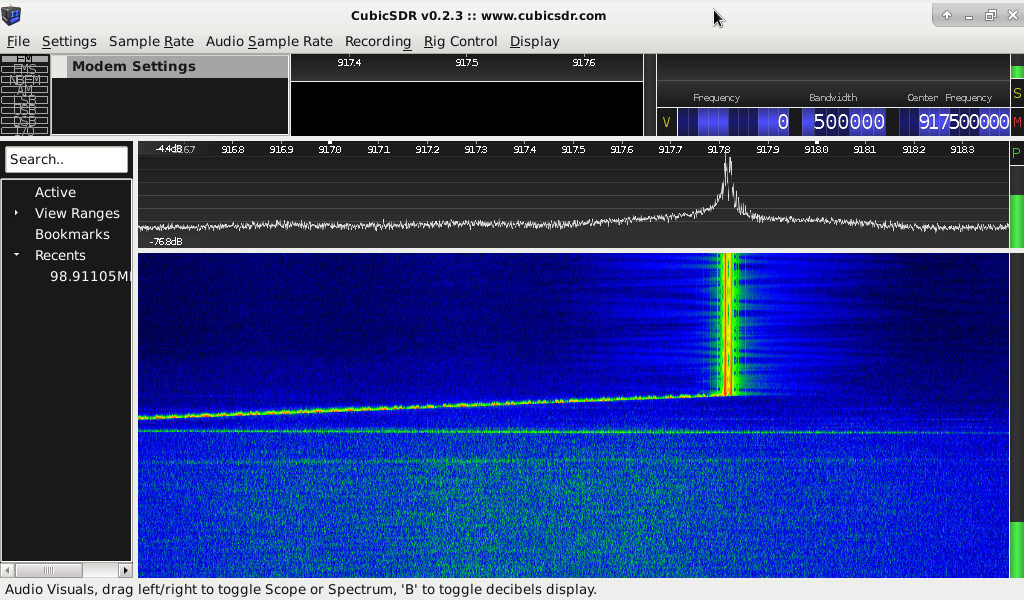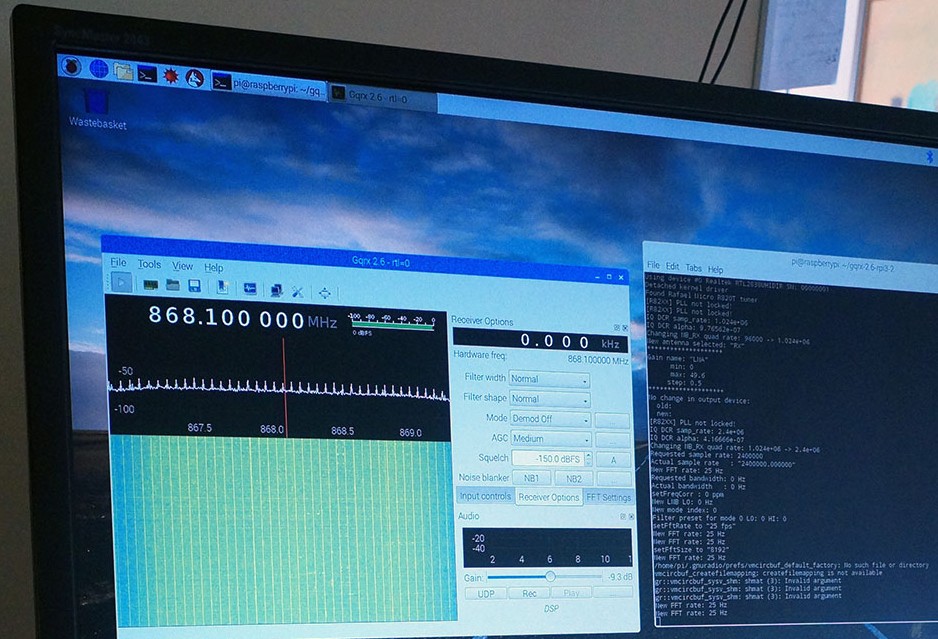BoRRoZ, that is a serious eBay habit you have there. LOL
I am seeking help for my Aliexpress habit, I go to AA (Aliexpress Anonymous) meetings on a weekly basis now. Aliexpress’s retail therapy has been very supportive and helpful while I work through my addiction… 
LoRaTracker, that sig gen code looks like a very good starting point, many thanks. I had a quick rummage through your repo of codes and projects there, it is pretty awesome.
Linar, On the TTGO antenna I was struggling to see the peak/dip around 868, think I still am LOL. On the whole I have generally had quite good experiences getting stuff from china, sometimes though things are not quite what they seem. Having a way to be able to check for sure is priceless.
We have lashed up a full gateway in the Hackspace for the members to use and the sensitivity + signal is very poor with the antenna it came with, even alowing for it being indoors. I am starting to become suspicious that the antenna is a wifi one that ended up in the wrong bin at the warehouse. We have bent up a co-linear from the TTN design but I want to test it before we try to use it in anger.
I have ordered up a noise source and a coupler from Aliexpress, but having seen that particular one from transverters I think I will have one of those as well. Not terribly expensive and a reasonable spec. Besides this project there are a whole bunch of other things I want to do that having a noise source, coupler and SDR spectrum analyser will be very useful for.
I am planning on continuing on with this particular project for now as well though.I am sufficiently interested by resistive impedance bridge measurements to want to to see it through. The SDR + Noise Source and coupler though will be useful to see what the resistive bridge looks like across a wide frequency range. My experiences of working with fast pulses in the time domain have shown that a nice resistive termination can give a very useful degree of wide bandwidth. Depending on the construction and quality of the resistors of course.
A resistive unit and a canned sig generator is a useful thing for newbies to start out with too, it can take a while for folk new to radio to bend their heads around the esoterica of impedance, resonance, directional couplers and transmission line transformers. Although there are unquestionable benefits for toughing it out, making the journey and getting there. Some toeholds along the way that borrow from simpler electronics can be useful if only as a way to instruct and ease the journey.




